The celestial spectacle of the moon has mesmerized humanity for millennia, its gleaming presence standing as an enigma yet to be fully explored. Among numerous space endeavors, lunar landings have proven to be exceptional in their profound impact on the field of astrophysics. The audacious journey to the moon, starting with the awe-inspiring Apollo missions, has unlocked a plethora of insights, shaping our understanding of the cosmos and propelling further astronomical exploration. This multifaceted discussion embarks on a journey through the significant accomplishments and implications of lunar landings, and how they have influenced and continue to redefine astrophysics.
Contents
- 1 Understanding Lunar Landings: An Overview
- 2 How Lunar Landings Advanced Astrophysics: Discoveries & Innovations
- 3 Technological Advancements from Lunar Landings & Their Effects
- 4 Lunar Landings & the Theory of Astrophysics
- 5 The Future Outlook: Impact of Lunar Landings on Future Astronomical Research & Study
Understanding Lunar Landings: An Overview
History of Lunar Landings
The history of lunar landings began in the 1960s and has fundamentally influenced the field of astrophysics. The first successful moon landing was accomplished by the United States’ Apollo 11 mission in July 1969. Astronauts Neil Armstrong and Edwin “Buzz” Aldrin were the first to walk on the moon while their colleague Michael Collins orbited in the command module. The Apollo program continued to carry out six lunar landings till 1972, delivering a total of 12 astronauts to the moon’s surface.Astrophysical Data from Lunar Landings
The lunar landings not only demonstrated technological prowess, but also offered unique opportunities to gather data for astrophysics. Samples collected from the moon’s surface have significantly advanced knowledge of lunar geology. These include various types of rocks and lunar soil (moon dust) that have provided vital clues to the moon’s history and internal structure. More importantly, the lunar samples also reveal crucial insights about the early solar system that are nearly impossible to infer from terrestrial rocks.Understanding the Moon’s Origin and Evolution
The Lunar samples collected by astronauts have provided invaluable data for testing theories of the moon’s origin and evolution. Evidence from these samples supports the Giant Impact Hypothesis, which postulates that the moon formed as a result of a cataclysmic collision between Earth and a body roughly the size of Mars, around 4.5 billion years ago. Moreover, studies of rock and soil traces have helped in mapping the moon’s geological history, crucial for understanding the fundamental processes that have shaped celestial bodies throughout the solar system.The Moon as a Astrochemical Laboratory
The moon’s surface, relatively untouched by atmosphere or weather, serves as a natural archive for capturing cosmic history. For instance, data recorded in lunar rocks enables astrophysicists to measure the sun’s activity over billions of years. This provides important clues about the sun’s evolution and its influence on the solar system, including Earth’s climate.Lunar Laser Ranging Experiment
Another significant contribution to astrophysics made possible by the Apollo missions is the Lunar Laser Ranging Experiment (LLRE). Retroreflectors placed on the moon’s surface for this experiment have been used to measure the Earth-Moon distance very precisely. This data has allowed scientists to test aspects of General Relativity, improve models of the moon’s motion, and better understand the Earth-Moon-Sun system, all contributing to our comprehension of the universe’s laws.Harnessing Lunar Resources: Future Prospects
Future lunar landings could further incite new discoveries in astrophysics. For instance, the moon’s surface possesses an abundance of Helium-3, rare on Earth but potentially a cleaner future nuclear fusion fuel. Additionally, the moon, due to the low background noise from natural and human-made sources, is an ideal place for astronomical observatories. Observations taken from the moon could lead to breakthroughs in radio astronomy and the search for extraterrestrial life.Lunar landings have had a significant impact on the development of astrophysics, revealing new insights into processes that have shaped celestial bodies. As global space agencies aim to explore the moon further, we expect there will be even more remarkable scientific breakthroughs in the future.
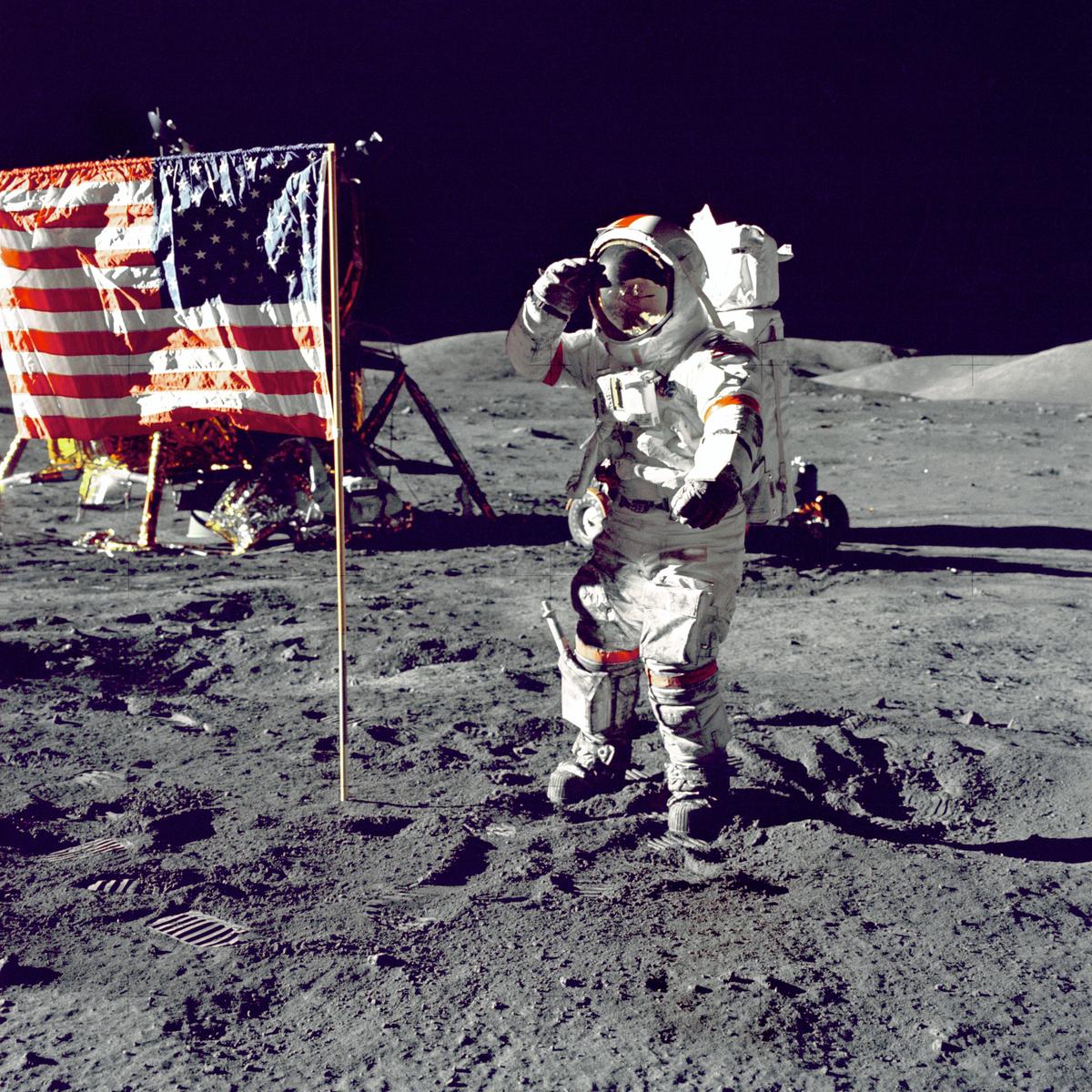
How Lunar Landings Advanced Astrophysics: Discoveries & Innovations
Deciphering the enigmas of Moon Rocks and Lunar Soil
The valuable data acquired from lunar landings, especially the collection and analysis of moon rocks and lunar soil, has significantly advanced our understanding of astrophysics. The Apollo program is a perfect case in point, with its return of roughly 382 kilograms (842 pounds) of lunar rock and regolith – a loose, fragmented layer that covers the solid bedrock. The availability of these samples gave scientists an exceptional opportunity to learn about the moon’s geological makeup.
The study of these moon rocks and lunar soil has brought new light to theories regarding the moon’s origin, early geological processes, and its connection to Earth. For instance, a higher than expected concentration of oxygen isotopes in lunar samples supports the ‘Theia Impact’ hypothesis. According to this theory, a celestial body roughly the size of Mars struck Earth about 4.5 billion years ago, with the resulting debris eventually forming the moon.
Deciphering Lunar Geology
Lunar landings have enabled more detailed studies of moon’s geology than what could be inferred from earth-based telescopes and lunar orbiters. Near the landing sites, astronauts studied lunar features closely, conducted seismic experiments, and set up retro-reflectors for laser-ranging experiments from Earth. All this added significantly to our understanding of the moon’s geological history.
The mapped distribution of craters, maria (basaltic plains), and highlands allowed scientists to study the moon’s geological development over billions of years. Several layers of lunar strata could be investigated, providing insights about the moon’s interior, its volcanic activity, and the environmental conditions that may have led to the creation of the lunar surface as we see it today.
Revolutionizing Astrophysics
The lunar landings have significantly impacted astrophysics as we know it. By studying the moon, scientists have unraveled mysteries about Earth and other planets. Information about lunar geology has answered vital questions about plate tectonics, volcanology, the processes of weathering, and effects of impact cratering.
Through studying the moon’s thin atmosphere, scientists found what is known as ‘moonquake’ which occur due to the gravitational interaction with Earth, leading to new insights into lunar geology and potential pointers to planetary science. This has fueled thoughts on how similar seismic activities might be occurring on other celestial bodies or exoplanets.
Moreover, understanding how solar radiation interacts with the lunar surface has improved astrophysicists’ comprehension of cosmic rays—a fundamental concern in planning longer manned space missions. The moon essentially provided a laboratory for space environment studies, including the vacuum conditions and the solar wind.
The Technological Innovations Facilitated by Lunar Landings
Finally, a vital component of the lunar landings’ outcomes is the technological advancement they stimulated. As the spacecraft, spacesuits, and instruments used were designed to withstand the harsh conditions on the lunar surface, the development and perfection of these technologies have had a profound impact on astrophysics and space science in general.
For example, telescopes on the moon’s far side would be shielded from the Earth’s radio noise, giving them a singularly clear view of the cosmos. Proposals for such projects are being considered, based on the initial explorations and studies made possible by the lunar landings.
The lunar landings have significantly impacted the astrophysics field, fueling countless scientific discoveries and transforming our comprehension of the universe. It’s through these prominent ventures that we’ve explored new ground-breaking potentials and embraced technological advancements, broadening the parameters of our cosmic understanding.
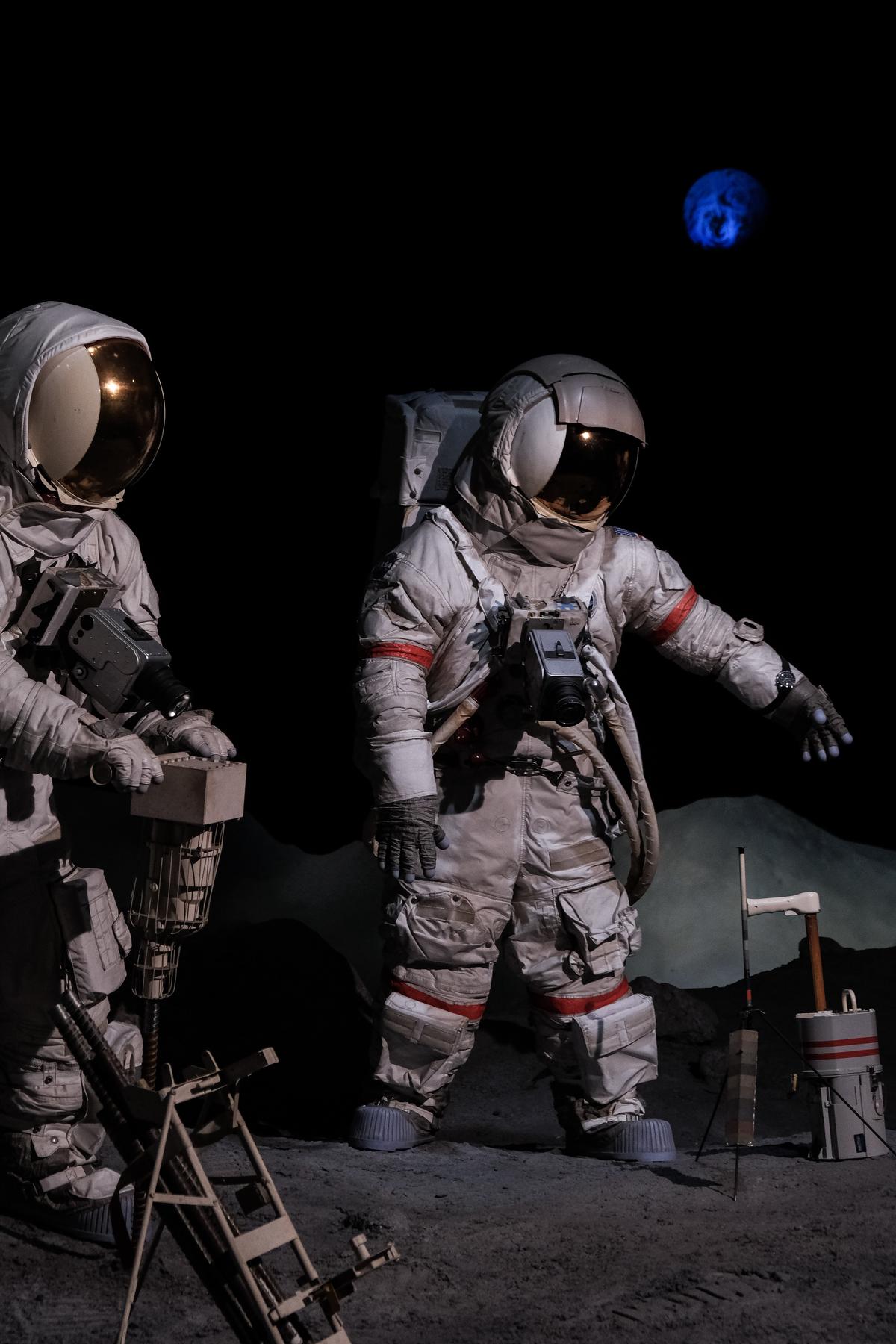
Photo by joehan330 on Unsplash
Technological Advancements from Lunar Landings & Their Effects
Technological Innovations Inspired by Lunar Landings
The momentous lunar landings of the last century symbolize remarkable milestones in human history and the sphere of exploration. These missions, far from merely providing vital insights into our closest celestial companion, the moon, also catalyzed significant technological transformations that have pushed the boundaries of our capabilities in space. NASA’s Apollo missions, in particular, have been responsible for the creation and enhancement of pivotal technologies such as advanced space suits, lunar modules, and specialized monitoring instruments.
One standout technology escalated through these landings is the Lunar Module. Specifically designed to ferry astronauts between lunar orbit and the moon’s surface, it has offered invaluable knowledge on space travel mechanics and served as a guide for contemporary spacecraft design.
Equally noteworthy is the evolution of Extravehicular Mobility Units (EMUs), or more commonly known as space suits. Lunar landings necessitated a dramatic overhaul to existing designs to withstand the harsh lunar conditions. This sparked advancements such as a life-support system in backpack form, sturdy boots, and multi-layered materials, offering protection against lunar micrometeorites, severe heat, and high-intensity radiation.
Impact of Lunar Landings on Astrophysics
The technological advancements acquired from lunar landings transcended their practical applications and had a profound effect on the science of astrophysics. Lunar Samples, brought back by astronauts, have been pivotal in understanding the moon’s origin and evolution. These samples led to the acceptance of the Giant Impact Hypothesis – the idea that the moon was created from debris left over from a collision between the embryonic Earth and a Mars-sized body.
Furthermore, experiments deployed on the lunar surface, such as the Laser Ranging Retroreflector and Passive Seismic Experiments, provided substantial data that was transformative in the field of Astrophysics. The former continues to provide useful information on the Earth-Moon distance, while the latter allowed us to delve beneath the moon’s surface, furthering our understanding of lunar and terrestrial geology.
The Far-Reaching Effects of Lunar Landings
Understanding the indirect effects of lunar landings on astrophysics is paramount. The pioneering endeavor of setting foot on another celestial body captured global attention and invoked a surge in resources and human capabilities in astrophysics and space exploration. Consequently, this spurred the ascension of numerous space programs, triggering the inception of a thriving multi-billion dollar space industry.
Nowadays, with serious conversations about missions to Mars and the potential establishment of a lunar base taking place, it’s clear that the impression left by lunar landings continues to fuel progress in astrophysics. Technologies and knowledge yielded during those pivotal missions persistently underpin our journey into the cosmos and our understanding thereof. This lays out a clear trajectory for ambitious future explorations.
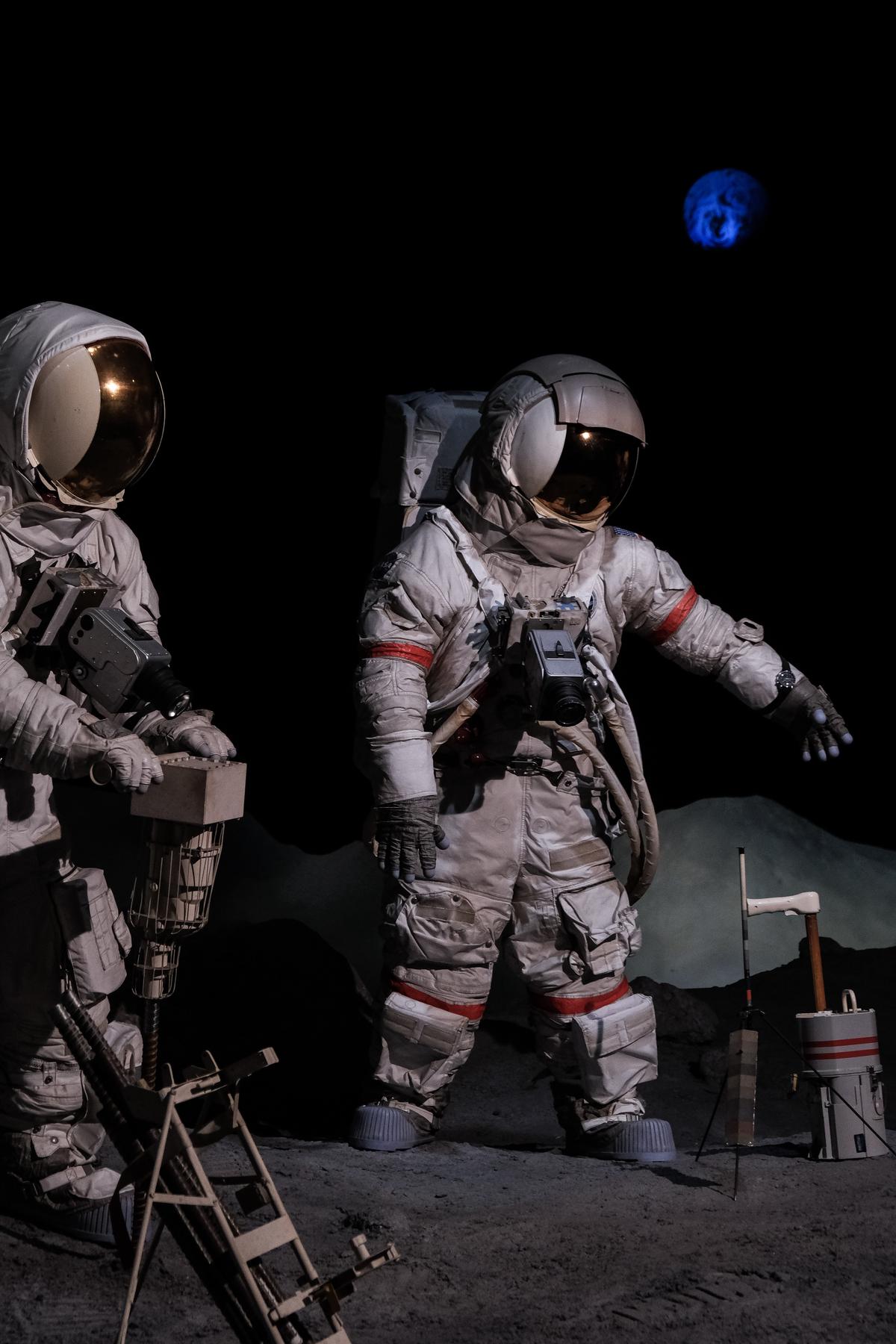
Photo by joehan330 on Unsplash
Lunar Landings & the Theory of Astrophysics
How Lunar Landings Reframed our Understanding of The Big Bang Theory
The lunar landings had a profound impact on the Big Bang theory, a cornerstone of astrophysical understanding. Samples of lunar rock and soil, brought back by the Apollo missions, allowed for in-depth terrestrial studies. These insights into the moon’s age and composition inevitably shed light on our solar system’s formation in relation to the Big Bang. The moon, believed to have been formed shortly after the creation of the solar system, has been an invaluable dataset. These lunar samples have refined our estimation of the universe’s age, lending crucial support to the credibility of the Big Bang theory.
Lunar Landings and the Theory of Planetary Formation
The study of lunar rock samples brought back by Apollo astronauts has also provided novel insights into theories of planetary formation. Analysis of lunar rocks revealed that they contained similar isotopes to those found on Earth, which supports the theorized idea of a massive collision between Earth and a Mars-sized body (named Theia) that resulted in the formation of the Moon. This has led to modifications in the theory of planetary formation and the understanding of our own Earth-Moon system’s history.
Lunar Landings and The Study of Cosmic Rays
Lunar exploration has been beneficial in studies related to cosmic rays, high-energy radiation that originates outside our Solar System. The moon, without a protective atmosphere like Earth’s, is constantly bombarded by these cosmic rays. These rays strike the lunar surface and produce particles that can be captured and studied. Data from lunar landings have improved our understanding of cosmic rays, allowing scientists to construct models about the radiation environment in space and thus informing future manned space missions.
Lunar Landings and Tidal Theory
Lunar landings also contributed to our understanding of the Earth-Moon gravitational interaction and the theory of tides. While on the moon, Apollo astronauts placed retroreflectors that bounce back the light beams sent from Earth. By precisely measuring the time taken for the light to travel to the moon and back, scientists have been able to monitor the moon’s distance from Earth with incredible accuracy. This led to a better understanding and accuracy of tide prediction and adjustments in tidal theory.
Future Insights into Astrophysics via Lunar Landings
The continual exploration of the moon, via both manned and unmanned missions, has the potential to significantly shape the future landscape of astrophysics. These up and coming lunar missions hold the promise of providing groundbreaking insights into our understanding of the universe. For instance, they could help in proving the existence of elusive phenomena like dark matter and dark energy. Therefore, the lunar landings’ role in shaping the field of astrophysics continues to be a relationship that is in a constant state of flux, expansion, and evolution.
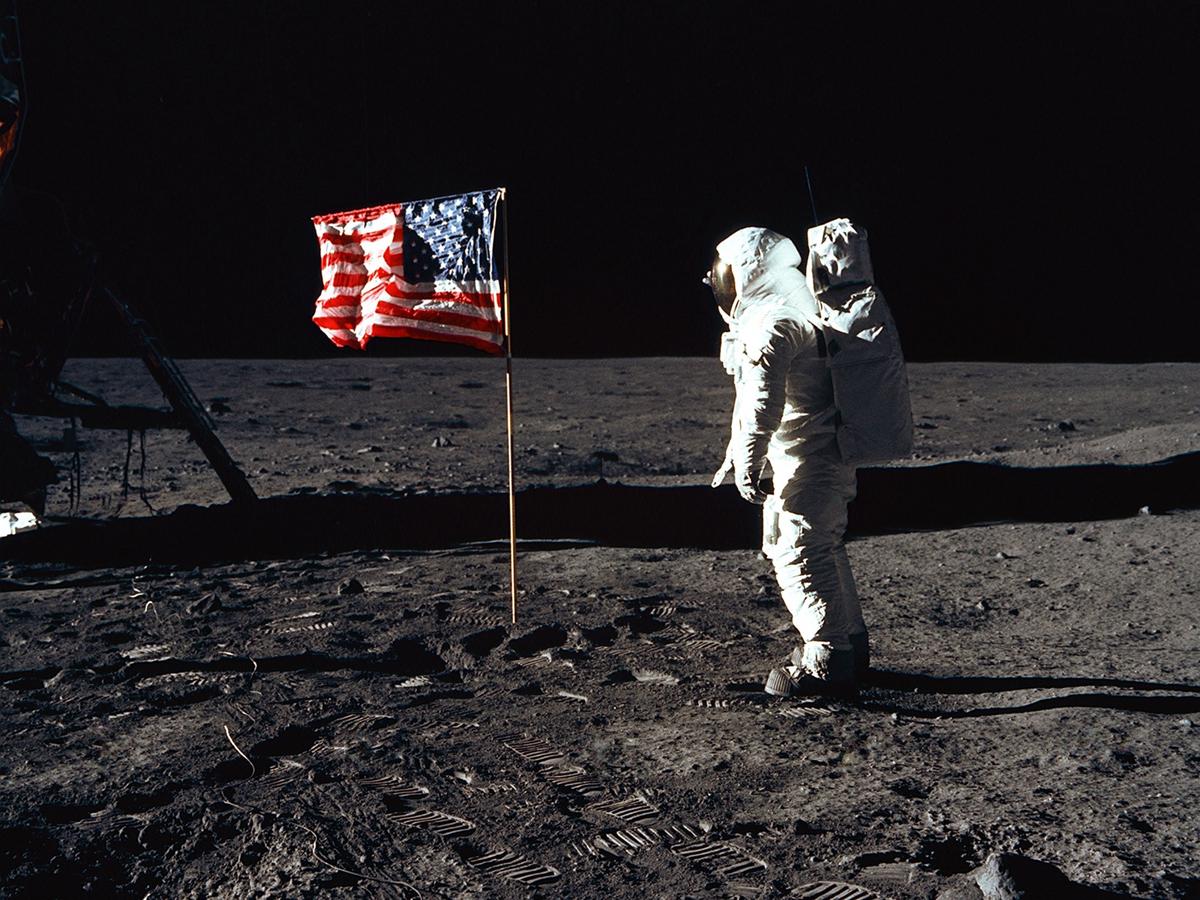
The Future Outlook: Impact of Lunar Landings on Future Astronomical Research & Study
The Astounding Impact of Lunar Landings on Astrophysics
The lunar landings have played an instrumental role in shaping and progressing the field of astrophysics. These monumental events have facilitated in-depth exploration of the moon’s surface, leading to the unravelling of crucial revelations about not only our closest celestial neighbor but also the greater expanse of the universe. The wealth of observations and collected samples from such lunar landings have shed light on the moon’s geology, its composition, and its relationship with Earth. In turn, this has carved out new paths for research in comparative planetology, further fuelling the study of celestial bodies beyond the confines of our solar system.
Contributions to Moon’s Geological Understanding
The moon rocks brought back by the Apollo missions have been instrumental in enabling scientists to learn more about the moon’s geological history. Studying these samples allowed scientists to confirm the giant-impact hypothesis, which postulates that the Moon formed from the debris of a collision between Earth and a Mars-sized body. These lunar landings have significantly advanced our understanding of lunar geology, including insights into its seismic activity and its thin, rigid crust.
Implications for Planetary Formation Theories
Analysis of moon rock samples has also informed theories about the formation of the Solar System. Variations in the isotopic compositions of lunar rocks have shown close similarities with Earth, providing supporting evidence for the theory that Earth and moon share a common origin. Further understanding of the moon’s composition has also enabled scientists to refine models of planetary formation and differentiation – the processes by which a homogeneous planetary body separates into layers.
Influence on Future Astronomical Missions
Lunar landings have shaped the design of future astronomical missions as well. The experience gained from lunar expeditions has led to improvements in spacecraft design, landing strategies, and astronaut training. This, in turn, has influenced preparation for extended missions to other planets and celestial bodies, most notably Mars.
Lunar Landings and Astrophysics Research
Lunar landings have also made a significant impact on astrophysics research. The moon’s remoteness and lack of atmospheric interference make it a desirable location for astronomical observations. For instance, the Apollo Lunar Surface Experiments Package (ALSEP) delivered important data on the interplay between the lunar surface and the solar wind, the Moon’s weak seismic activity, and the thin lunar atmosphere.
Future Directions in Astrophysics
Looking to the future, lunar landings and continued exploration of the moon are projected to greatly benefit astrophysics. Key areas of expected progress include exoplanet research, deep space exploration, and the search for extraterrestrial life. It’s expected that the moon will serve as a base for deep-space missions, providing a platform for large telescopes and radio arrays that could observe distant galaxies, potentially unreachable by terrestrial and orbital telescopes.
In conclusion, lunar landings have vastly expanded our knowledge and understanding of the moon and the universe at large. Its impacts on astrophysics are manifold, profoundly influencing ongoing research and the planning of future missions. The moon not only serves as a window into the past, informing us about the early stage of our solar system, but also acts as a springboard to the future, helping humanity reach further into the cosmos.
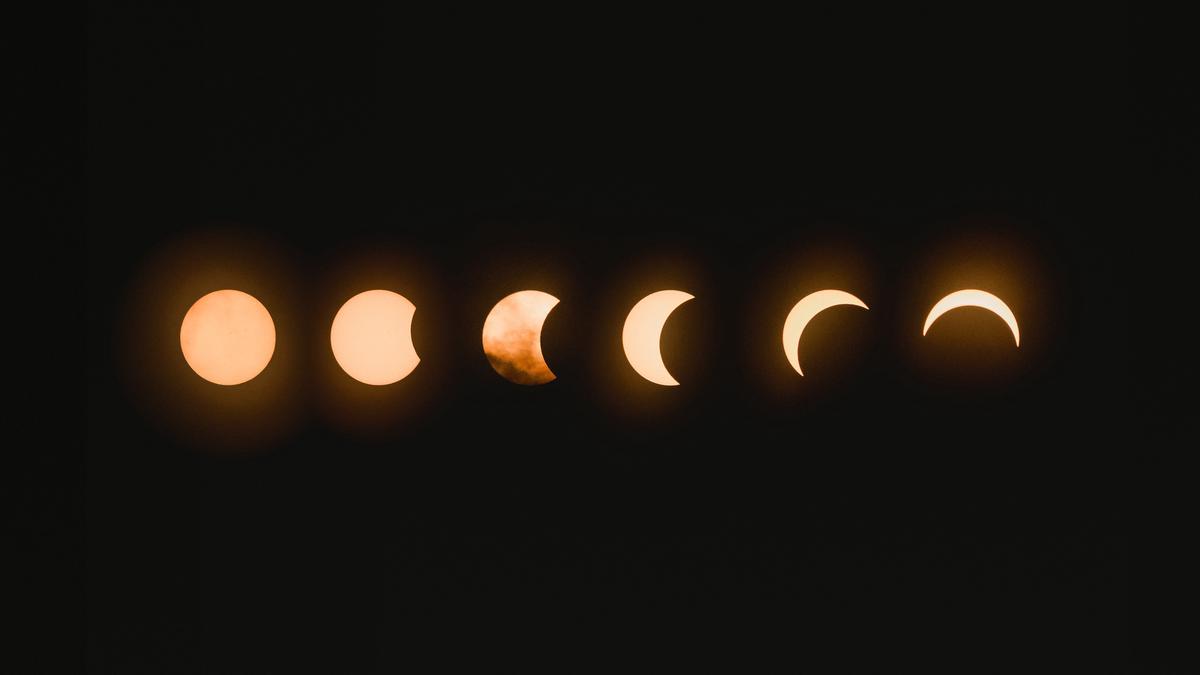
Photo by tegethoff on Unsplash
The lunar landings have indubitably been a monumental stepping stone in the progression of astrophysics, yielding invaluable information about our solar system and beyond. Through advancements and breakthroughs sparked by these missions, we have started to decrypt the age-old secrets of the universe. As we look ahead, it is evident that the rich legacy of the lunar landings will continue to pioneer future astronomical research and study. With every new discovery and innovation, we step closer to comprehending our place in this vast cosmos. The invaluable knowledge and technological leaps afforded by lunar missions are not just historical achievements; they are the building blocks for a promising, expansive future in the captivating science of astrophysics.
